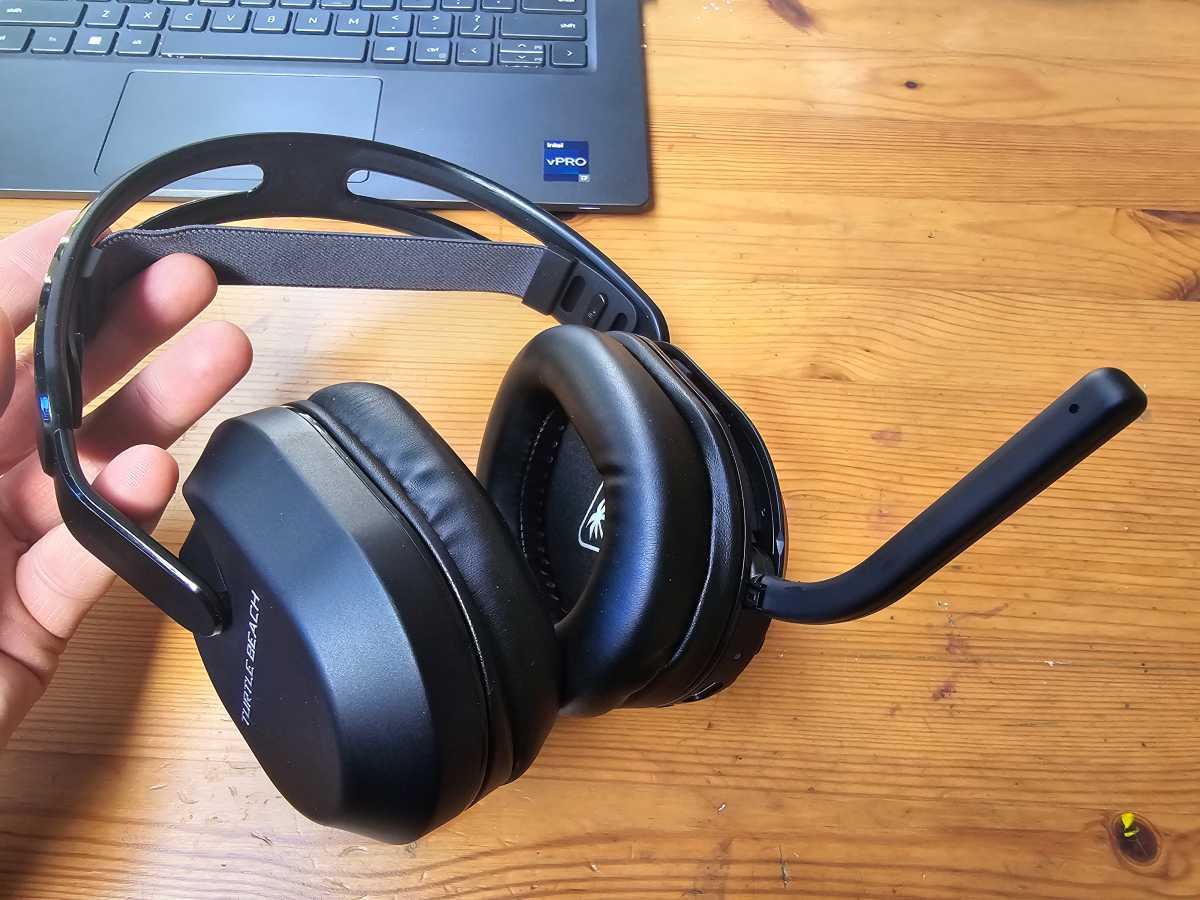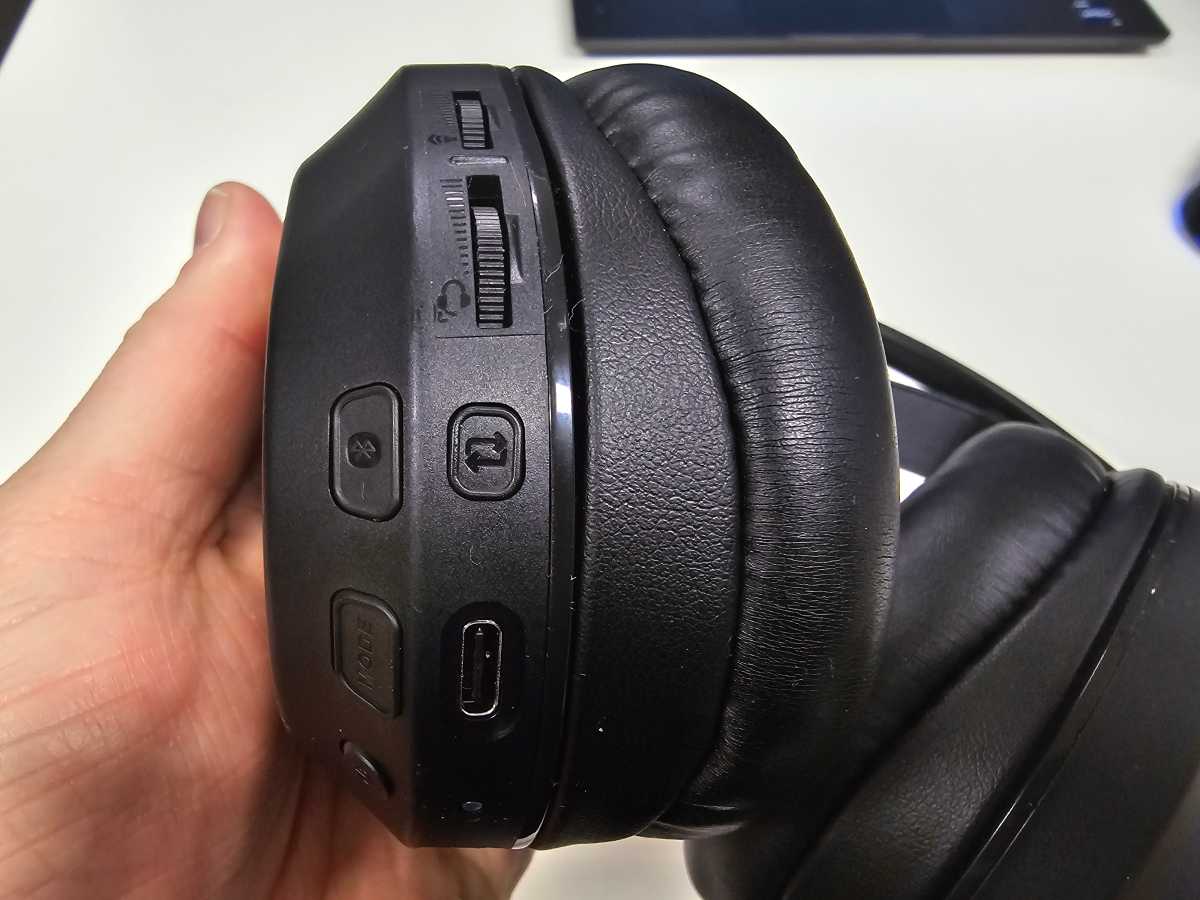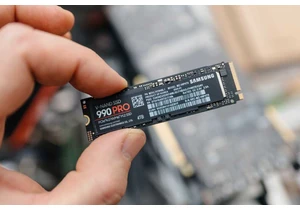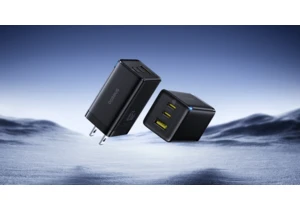Expert's Rating
Pros
- Audio tuned for a variety of game genres
- Incredibly lightweight with almost no clamp pressure
- Good selection of controls for such an inexpensive headset
Cons
- The cups don’t swivel
- There’s no adjustability in the main headband
- The headband is made from plastic rather than metal
Our Verdict
Turtle Beach’s entry-level Stealth 500 gaming headset sounds great and is exceptionally lightweight and budget friendly.
The Turtle Beach Stealth 500 is an interesting proposition. Being an entry-level gaming headset in Turtle Beach’s new lineup, its main point of difference to the more premium Turtle Beach Stealth 600 Gen 3 is its more modest design that slims down on some of the former’s fancy features and materials. That being the case, only $20 separates the pair at the checkout.
While that almost negligible price difference may entice many gamers to take the plunge on the more premium device, my playtesting revealed a bunch of good reasons to pocket the $20 and go for the Stealth 500 instead. One is that it’s by far the lighter headset. Another is it has an almost non-existent clamp pressure for superior comfort.
It also has more premium-feeling leatherette earcups and its 40mm audio drivers deliver an unpretentious sound that’s not too overzealous. Read on to find out more…
Turtle Beach Stealth 500: Design and build
Being a step down in price from the Turtle Beach Stealth 600 Gen 3, the Turtle Beach Stealth 500 does slim down on some of the exceptional value I saw in the former.
That’s not so much a reflection of any failings in the Stealth 500 as it is an indication of the excellent value in the sub-$100 Turtle Beach Stealth 600 Gen 3, which has a generous set of features for its price — and great audio to boot.
The Stealth 500 was quite well suited to games other than FPS games, so playing RGPs and adventure games with these cans on was particularly an experience to savor…
The good news is that most of those compromises are limited to the design and the materials used in the Stealth 500’s band and cups rather than the controls, which incidentally are the same as its pricier sibling.
You still get a mic-monitoring wheel, volume wheel and connectivity button, as well as a flip-to-mute microphone, so that you have a high level of control from your left earcup.
What kind of compromises am I talking about? The biggest is the obvious stretchy inner headband and the one-piece band that connects directly to each of the earcups. That configuration means the cups don’t swivel and there’s no drop-down adjustability, so finding an optimal level of comfort takes a bit of negotiating.
Another qualm is that the main headband is made of plastic, which naturally brings up questions about durability. Putting it through its paces, however, instilled more confidence in me — the band is still highly flexible and can easily do the splits without snapping. It may not be impervious to dropping, though.
That said, the Stealth 500 has a higher base comfort level than a lot of entry-level headsets on the market and I would say it’s suitable to wear for long marathon gaming sessions.
It has a plush and impeccably soft material covering its earcups — it’s leatherette, but the kind that’s breathable instead of the shiny, greasy type.

The Turtle Beach Stealth 500 sports thick memory foam cushioning and a flip-to-mute microphone.
The Turtle Beach Stealth 500 sports thick memory foam cushioning and a flip-to-mute microphone.
Dominic Bayley / IDG
The Turtle Beach Stealth 500 sports thick memory foam cushioning and a flip-to-mute microphone.
Dominic Bayley / IDG
<div class="scrim" style="background-color: #fff" aria-hidden="true"></div>
</div></figure><p class="imageCredit">Dominic Bayley / IDG</p></div>The cushioning deserves praise too, being a deep, luxuriating memory foam. It’s so soft, you’d want to curl up and sleep on it if you could find a cushion made from the same stuff.
The headset is ultra lightweight. Indeed, if you’re the kind of gamer who really has an aversion to pressure on your head, then you’re going to love it. It weighs just 8.28 ounces (235 grams), which is lighter than the Stealth 600 Gen 3 and the SteelSeries Arctis Nova 7X.
That exceptionally light weight is accentuated by a very light clamp pressure that I could only marvel at. The great paradox is that it forms an effective passive noise barrier, which I put down to the leatherette and the way the cups hug rather than squeeze your ears.
The Stealth 500 also features classic Turtle Beach styling: It comes in only black, but with iconic D-shaped cups with “Turtle Beach” splashed across the middle of each. It looks attractive and modern at any time of the day.
Turtle Beach Stealth 500: Connectivity and compatibility
Gone are the days when only the priciest headsets could connect to most of your devices — the Turtle Beach Stealth 500 is proof of that.
It comes with 2.4GHz Wi-Fi connectivity via the packaged USB-C dongle, which provides a low-latency connection to your PC or PlayStation console. The headset also features Bluetooth, which connects to a Nintendo Switch console and/or your mobile device.
My review unit was the PC version, but you can also buy an Xbox version that connects to just Xbox consoles and mobile devices. Additionally, there’s a PlayStation version that has the same compatibility as the PC version.
Switching between connectivity modes was straightforward enough, involving just alternate presses of the QuickSwitch button on the headset’s left earcup.

The Turtle Beach Stealth 500 has a lot of controls for an entry-level gaming headset. They’re located together on the left earcup.
The Turtle Beach Stealth 500 has a lot of controls for an entry-level gaming headset. They’re located together on the left earcup.
Dominic Bayley / IDG
<div class="lightbox-image-container foundry-lightbox"><div class="extendedBlock-wrapper block-coreImage undefined"><figure class="wp-block-image size-large enlarged-image"><img decoding="async" data-wp-bind--src="selectors.core.image.enlargedImgSrc" data-wp-style--object-fit="selectors.core.image.lightboxObjectFit" src="" alt="Turtle Beach Stealth 500" class="wp-image-2409826" width="1200" height="900" loading="lazy" /><figcaption class="wp-element-caption"><p>The Turtle Beach Stealth 500 has a lot of controls for an entry-level gaming headset. They’re located together on the left earcup. </p>Dominic Bayley / IDG
</div></figure><p class="imageCredit">Dominic Bayley / IDG</p></div>While I found Bluetooth didn’t work simultaneously to allow multiple audio sources to be played at once, I could connect to a Bluetooth device while also using the 2.4GHz wireless connectivity and switch to take incoming calls with a simple touch of the Bluetooth multi-function button. Once the call ended, another press returned me back to my game’s audio.
The Stealth 500 also comes with a 6-foot USB-A to USB-C cable, which charges the device via the USB-C port located in the left earcup. You can expect a two-day battery life based on the approximately 39 hours my review unit lasted after I used it for heavy gameplay and music at varying volumes.
Turtle Beach Stealth 500: Gaming performance
The Stealth 500’s 40mm audio drivers are a wise driver choice for a headset like this since they’ve allowed for such a lightweight design without compromising on audio fidelity.
To gage the Stealth 500’s audio quality, I ran a little headset-versus-headset playtest since I still had the previously reviewed Stealth 600 Gen 3 on hand. This consisted of testing the two side-by-side in games like Fortnite, Helldivers 2, and in RPGs like the classic The Elder Scrolls V: Skyrim.
To sum up the many hours of analysis and switching between the two sets in one breath, I was impressed by the Stealth 500’s audio which sounded clear and balanced and with good fidelity at the ends of the audio spectrum.
In Fortnite, sounds like doors and chests opening and closing, and radio beeps sounded lively and convincing.
The Stealth 500 didn’t mash frequencies together like some entry level sets. Rather tones sounded distinct and refined, which was really obvious in the range I got playing Skyrim — the headset even played the theme music with enough gusto to make me a little nostalgic.
Trying out the headset’s four default audio presets in the Turtle Beach Swarm II app was a great way to test the tonal range. I found that in swapping from the default Signature Sound preset to the Bass Boost preset I could clearly hear the bass become stronger.
Autentifică-te pentru a adăuga comentarii
Alte posturi din acest grup

If you have a slow main drive and you’re looking to finally superchar

It’s hard to find a good deal for a gaming monitor, even if you’re no

One of the most frustrating things about new tech these days is that

If you want me to be excited about a laptop above a certain price, it


Suddenly, Intel is a hot topic again — but this time as an investment
